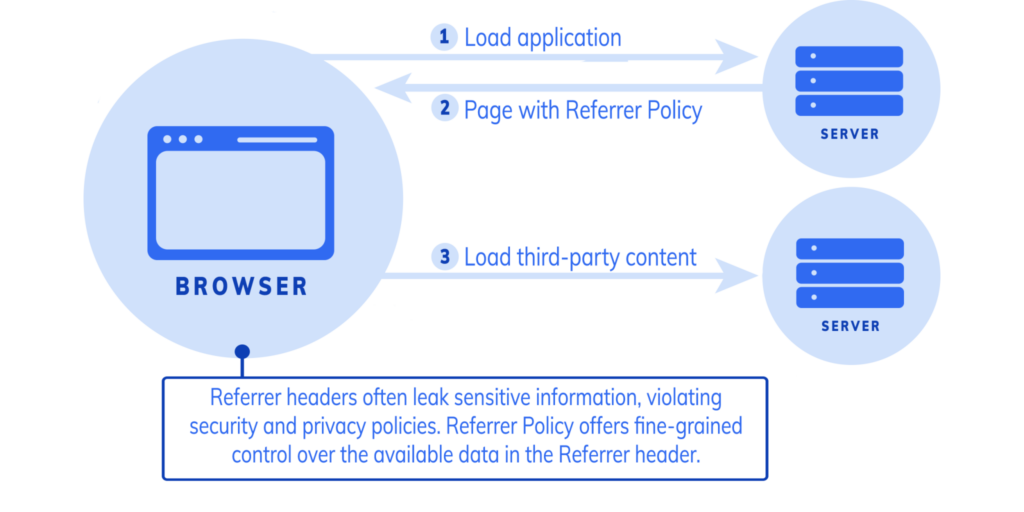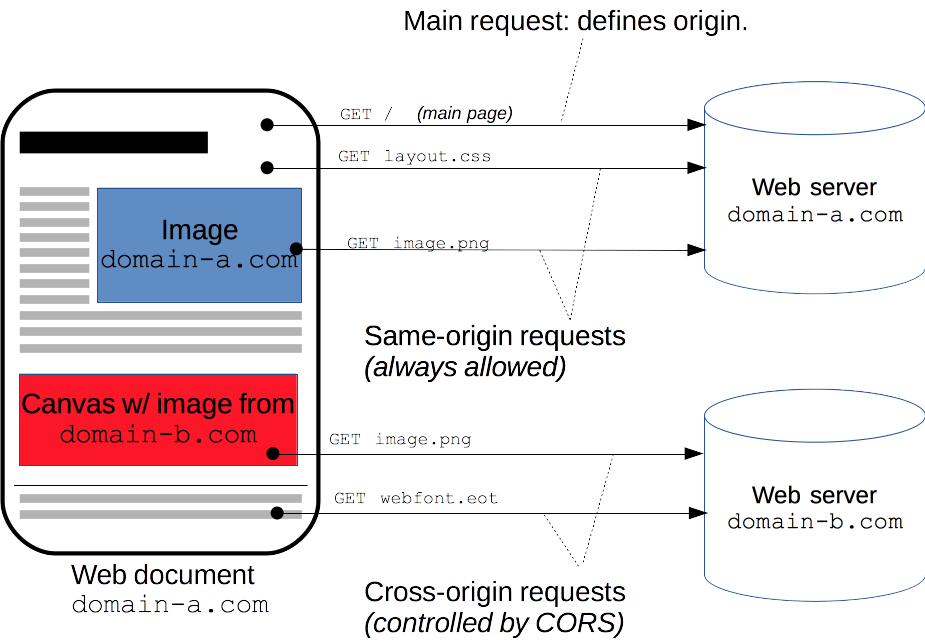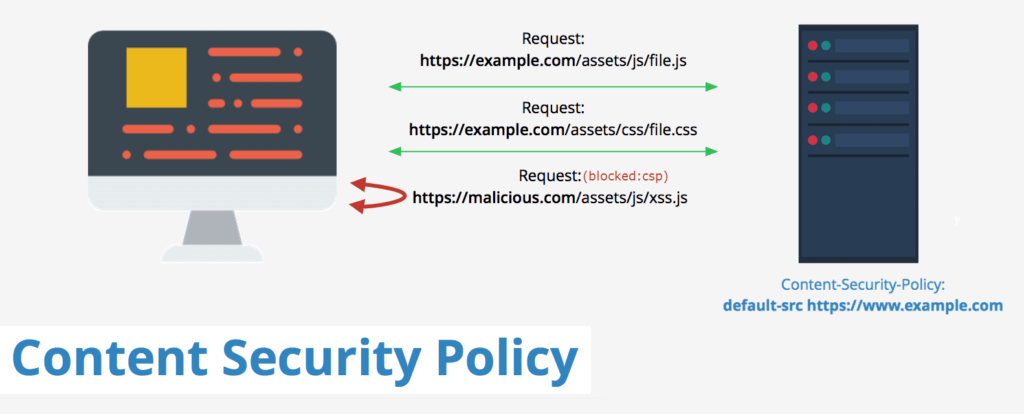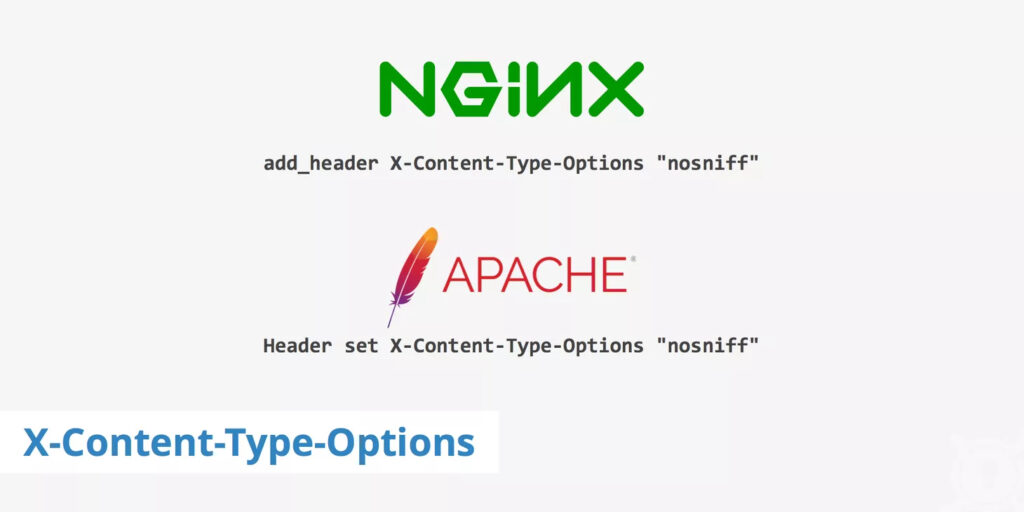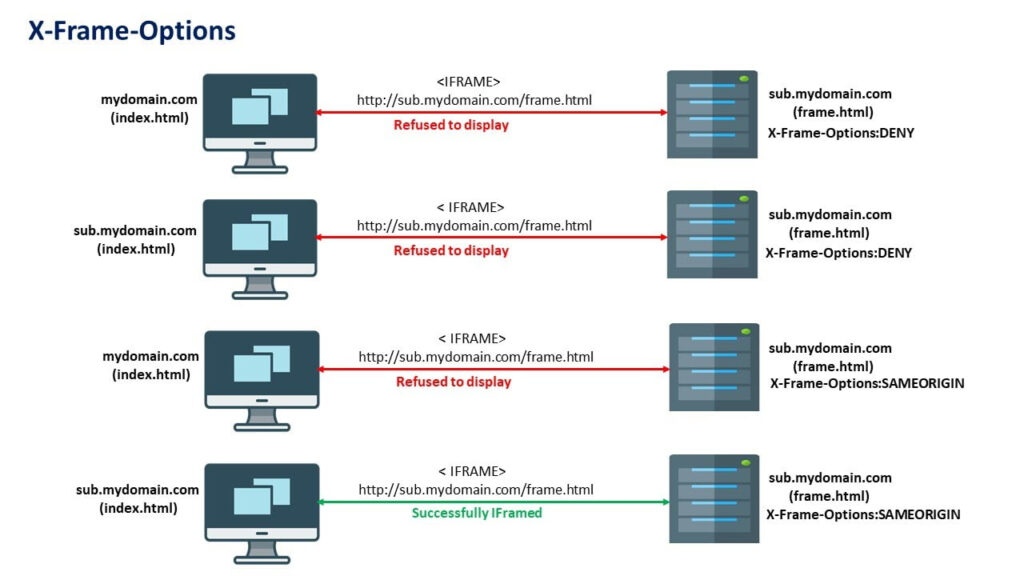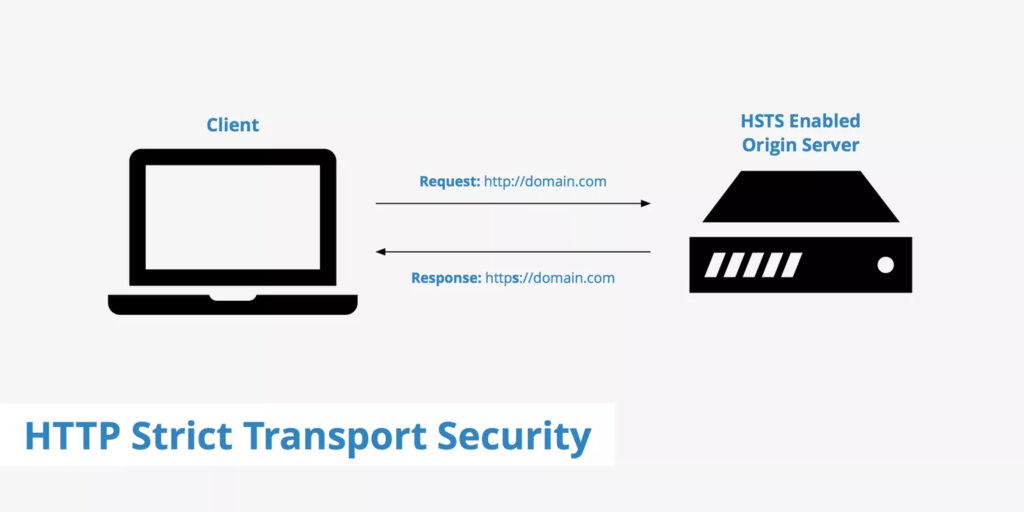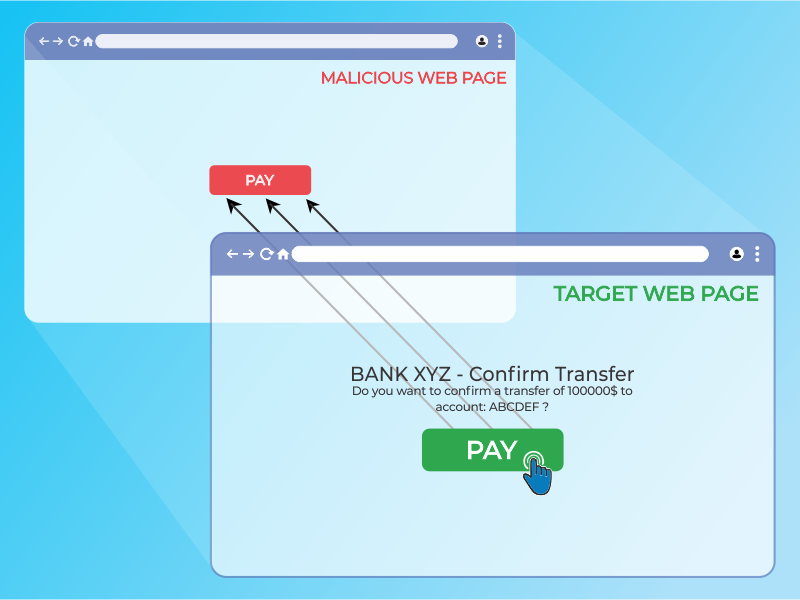Clear Site Data
As you may guess by the name, implementing a Clear-Site-Data header is a great way to tell a client to clear browsing data such as cache, storage, cookies, or everything. This gives you more control over how you want to store the website’s data in the browser. Apache Let’s say you want to clear the …




